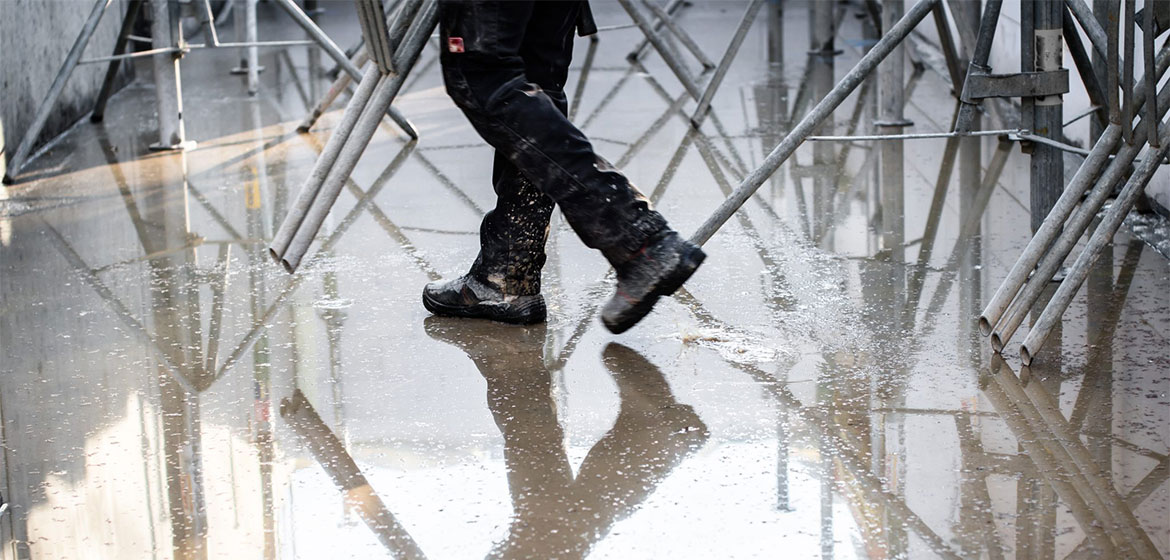What Do Commercial Property Owners Need To Know About Wind-Driven Rain?

Water intrusion caused by persistent or heavy rainfall can cause damage to the durability, safety, and integrity of a building. Rainstorms that are prolonged may cause leakages, from minor seeping of rainwater to more serious situations that result in flooding. Buildings also face moisture-related issues in the form of wind-driven rain, where raindrops swept sideways by the wind hit the exterior of the building with enough force to cause major damage. Rain may also be blown into open corridors, causing slippery floors.
How Does Excessive Moisture Affect Your Property
Aside from flooding or pooling of still water, wind-driven rain can also damage your ceilings, cause problems for your electrical setup, and the damp areas promote the growth of mold. The rain will also destroy water-sensitive materials like coatings, paints and varnishes, and metals in roofs and wiring. Long-term exposure will eventually lead to rot setting into the building’s structure.
Before torrential rainfall can hit your area, it is advisable to take preventative measures against wind-driven rain. For example, use water-resistant paint and waterproof the exterior to keep moisture away. Install a good water management strategy such as barriers to handle the rainfall.
In the aftermath of wind-driven rain, a timely response is key in reducing the damage and risk of flooding. You should start removing all waterlogged items from your building – rugs, papers, appliances – to prevent the spread of water. Separate the wet items from the dry ones to protect them from rainwater. Then, once you can ensure the safety of everyone, set to work on reporting the damage to your insurance company if wind-driven rain is covered under your insurance policy.
Best Water-Resistant Barriers to Adopt
There are many solutions to equip your building with to reduce the damage from wind-driven rain. From tilted overhead rain barriers to rain-resistant louvers, sometimes different rain barrier designs may be more suited to one building compared to another. To pick out the best barrier, you will need to consider the size of the building, its orientation, structure, and external design.
Wind-driven rain-resistant louvers are one of the most effective technologies to reduce damage from wind-driven rain. ACMA published an article tackling the issue of louver water penetration and concluded that wind-driven rain-resistant louvers provided the best defense against this. They are available in smaller sizes than standard louvers and are an overall better, higher-performing product that is worth investing in.
Making a Water-Intrusion Claim
Not all insurance policies cover water intrusion damage because insurance policies are usually designed to cover unexpected, accidental damage such as unforeseeable weather events (as opposed to long-term exposure to moisture). Policies that do may still require some negotiation depending on the condition of the building, such as deterioration and poor maintenance or repairs to the building.
If your property was damaged by wind-driven rain, you may find it useful to hire a public adjuster to assist with making a water-intrusion claim. Stone Claims Group aims to help you smooth out the process of filing a claim, from property inspections to negotiations on coverage.